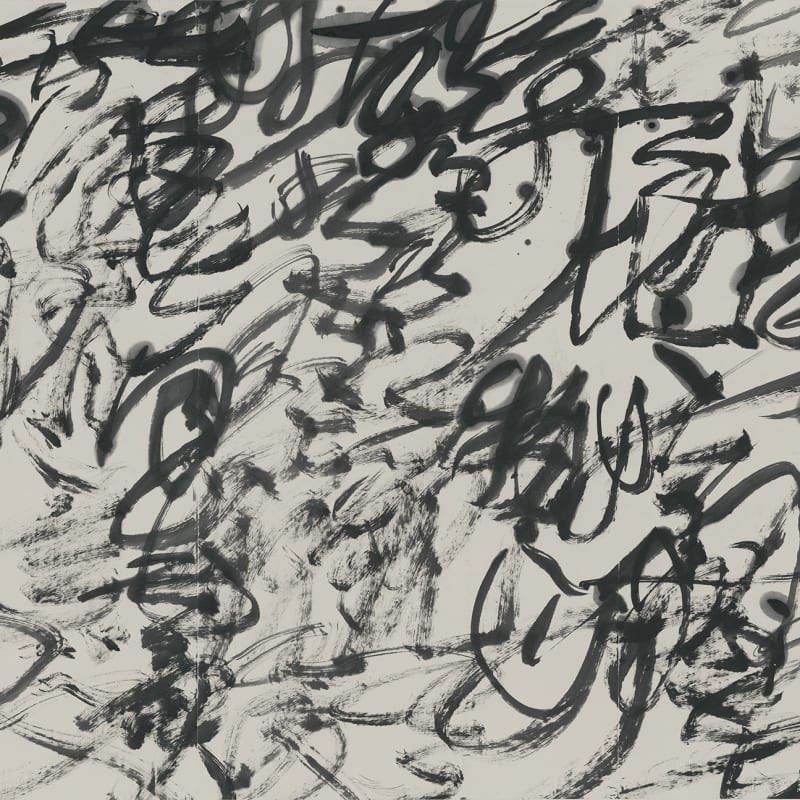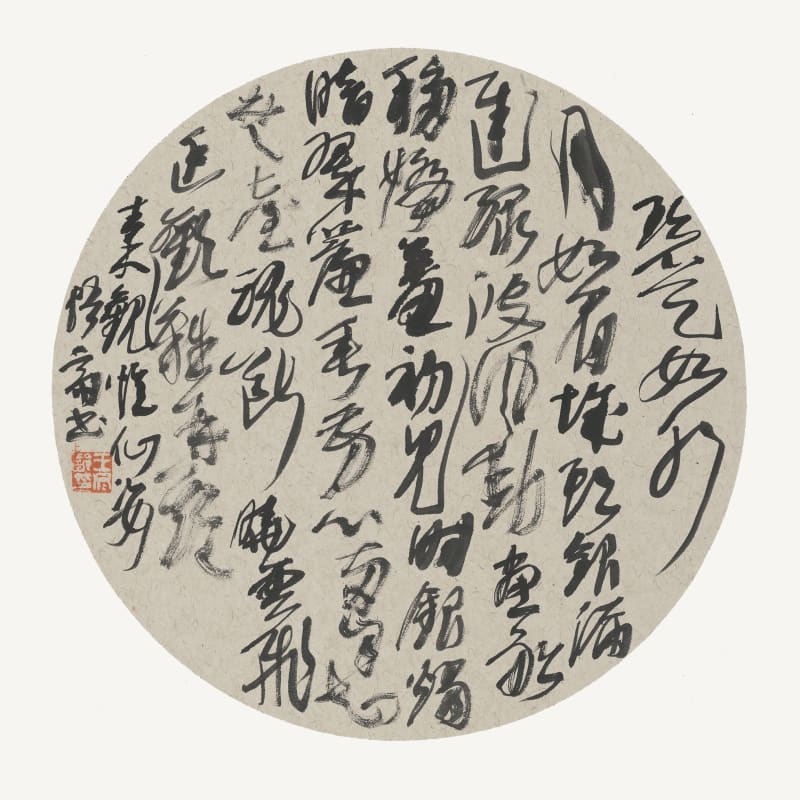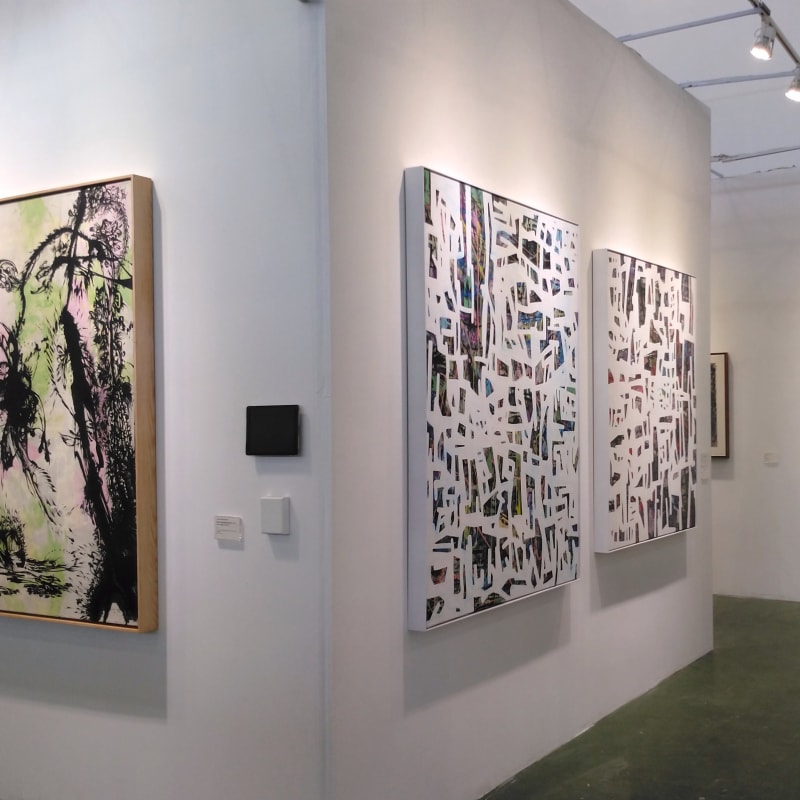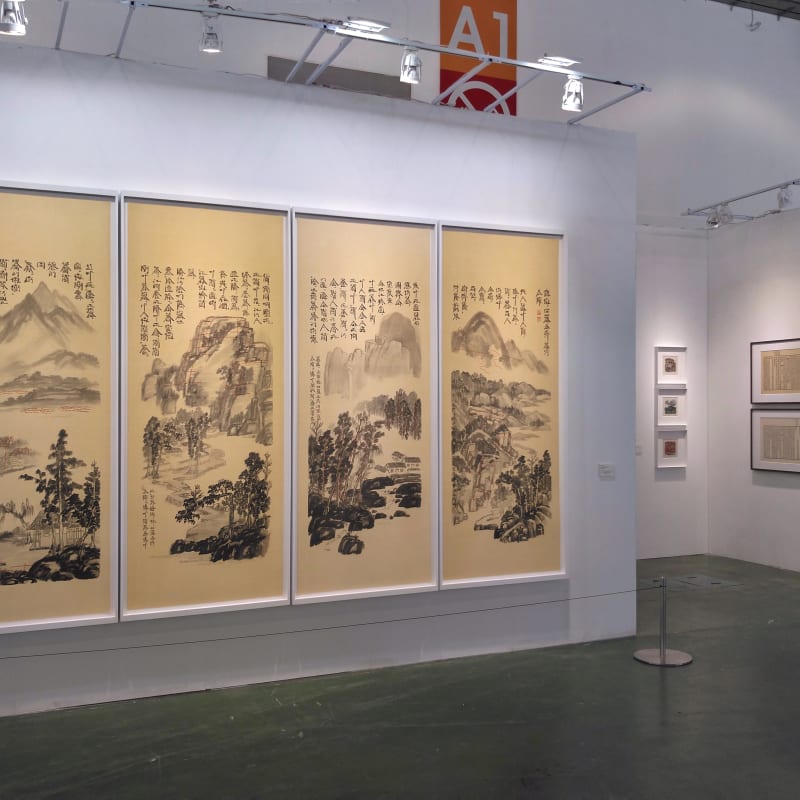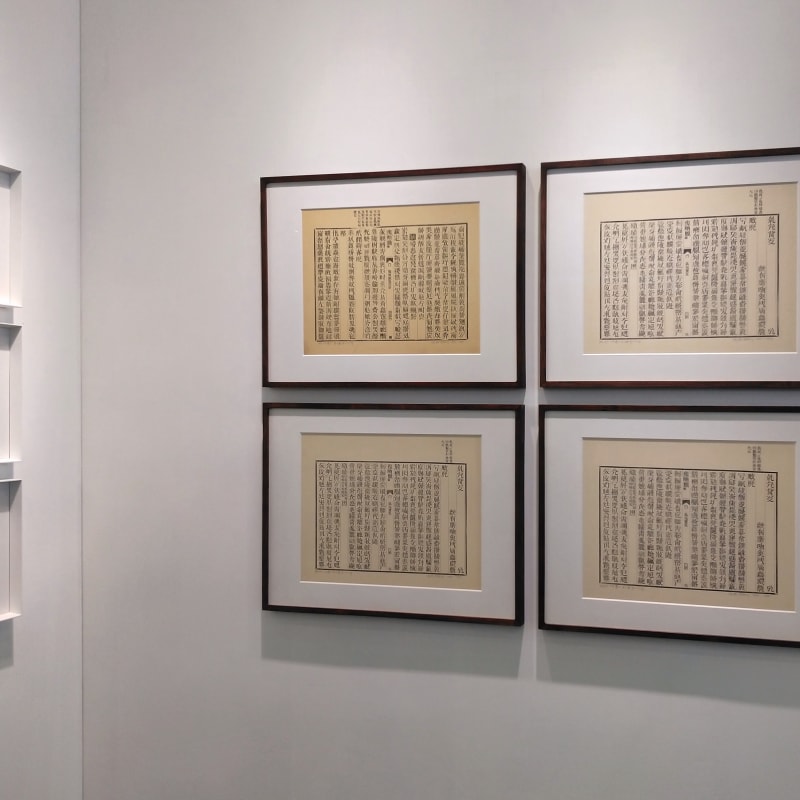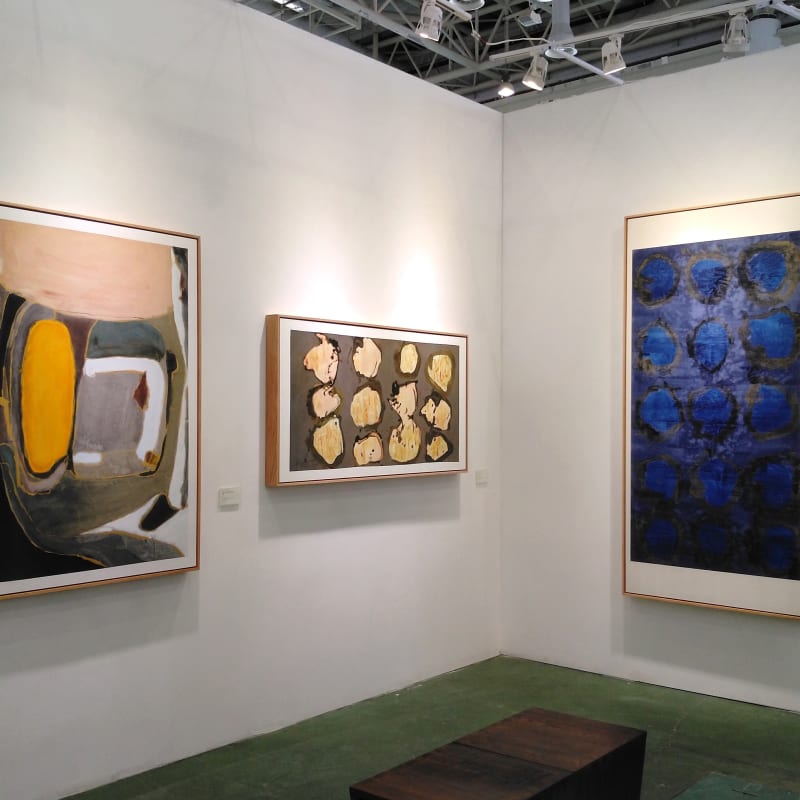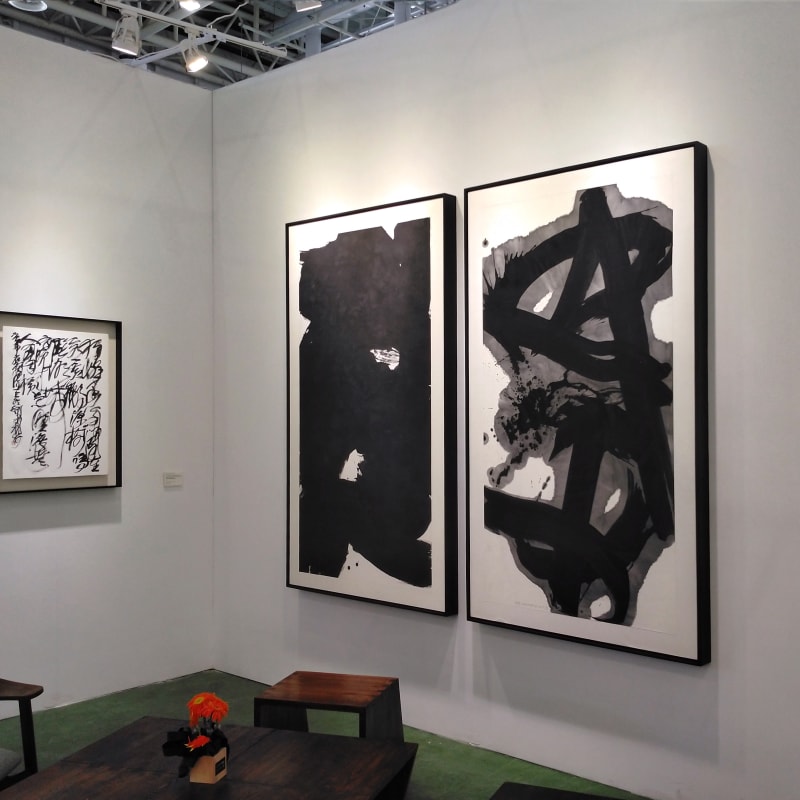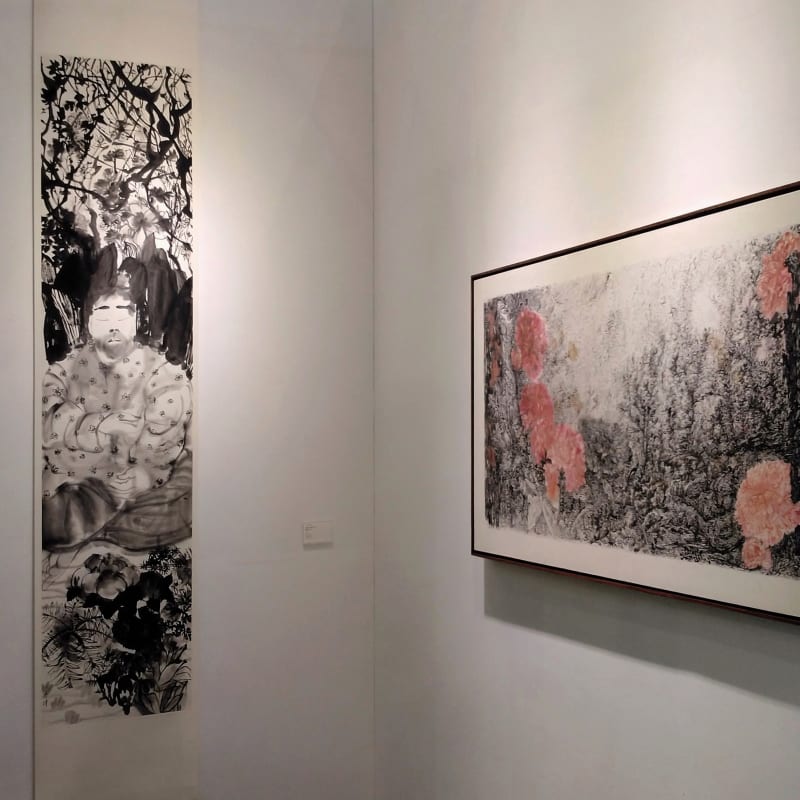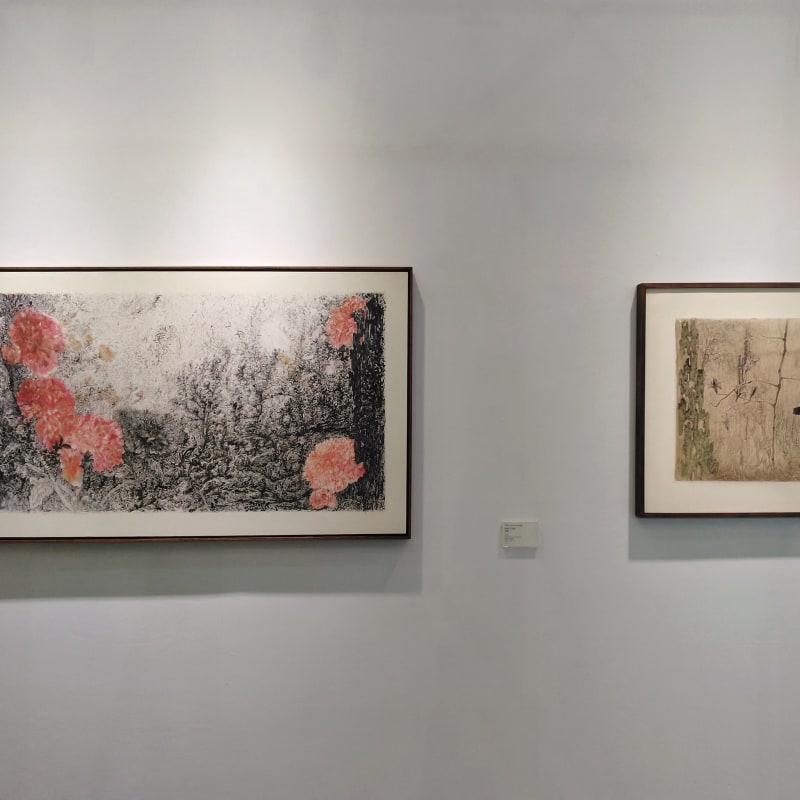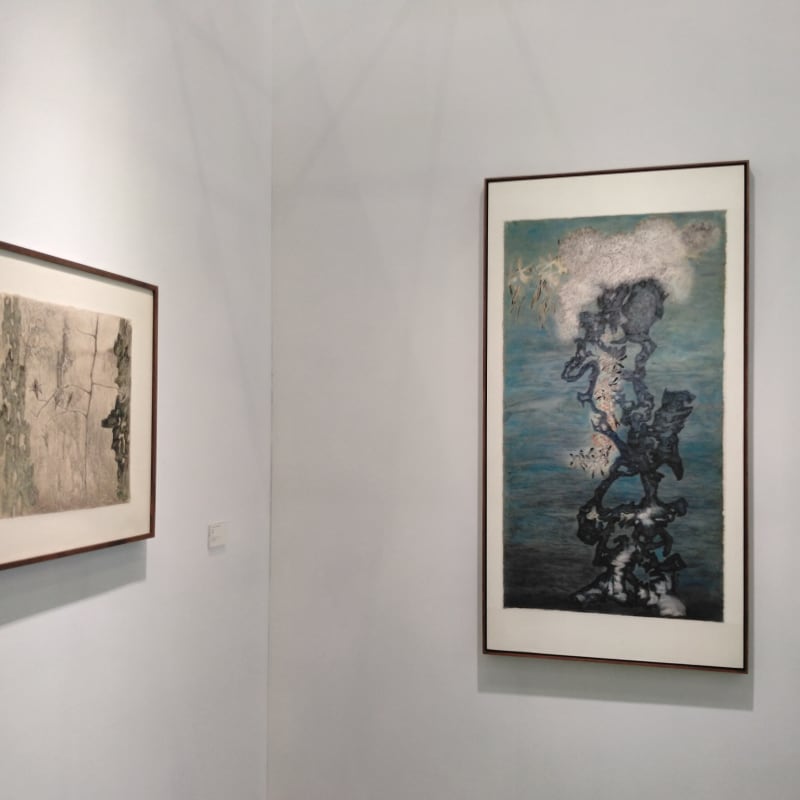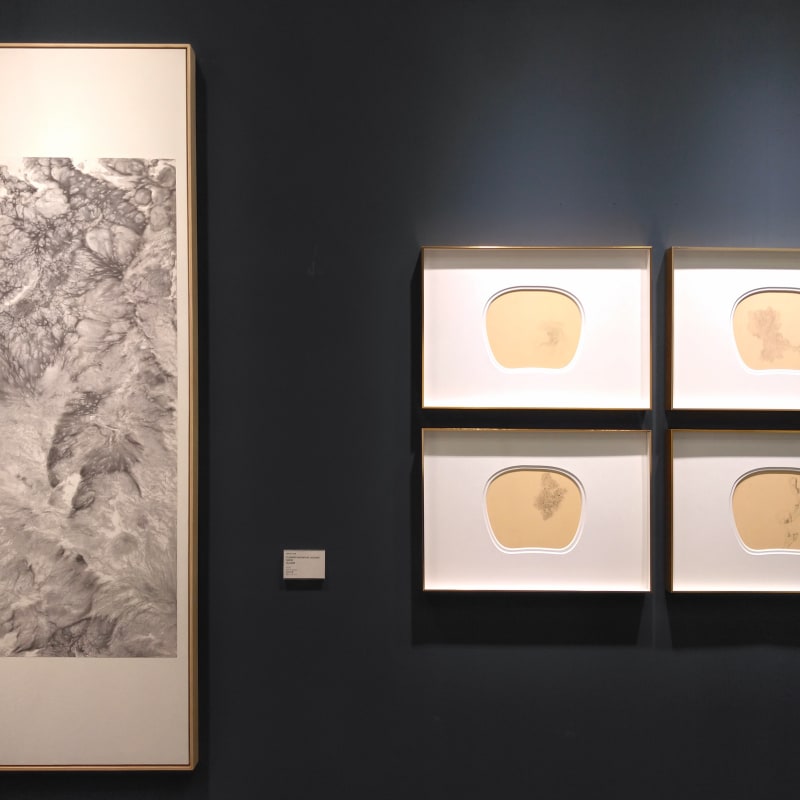INK studio is proud to participate in Art Xiamen from June 6 to 9 in Xiamen, Fujian. Located at booth A1-51/52, INK studio will present works by eight renowned contemporary ink artists, who express their dynamic artistic concepts through the exploration of ink in different medium and format. Highlights include Bingyi’s abstract ink wash paintings and exquisite fan leaves; Huang Zhiyang’s new works from his vibrant Zoon-Dreamscape series; and Li Huasheng’s grid paintings and abstract landscapes. Other important works include Li Jin’s paintings from the 80s and 90s as well as his monochrome xieyi-style works; Peng Kanglong’s flower paintings and landscape scrolls; and various works by Wang Dongling, Wei Ligang and Xu Bing inspired by the tradition and philosophy of Chinese calligraphy, writing and language.
An artist, architectural designer, curator, cultural critic, and social activist, Bingyi (b. 1975)has developed a multi-faceted practice that encompasses land and environmental art, site-specific architectural installation, musical and literary composition, ink painting, performance art, and filmmaking. Adopting a non-anthropocentric perspective and channeling nature’s creative agency, her work is centrally concerned with the themes of ecology, ruins, rebirth, and poetic imagination. During Art Xiamen, INK studio will present Bingyi’s abstract ink wash paintings and her exquisite fan leaves, showing her exploration of the ink medium with profound diversity – channeling between macro and micro level of artistic practice.
Huang Zhiyang (b. 1965) 's artwork bridges the holistic and organic world of classical Daoism, Buddhism and neo-Confucianism with the emergent and non-linear worlds of contemporary phenomenology, neurology, evolutionary biology and deep ecology. Best known for his biomorphic ink figures and abstract paintings using high-gamut mineral pigments, Huang's artistic practice also spans sculpture and ecologically focused public installations in bronze, stone, bamboo and other natural materials. Regardless of medium, his work reveals a common "unity of the universe-of humankind, microscopic life forms, plant life, and all other forms of presence." The Zoon-Dreamscape series presented this time combine high-gamut mineral pigments with traditional ink, exploring the Deleuzian border between order and chaos, stability and change.
Li Huasheng (b. 1944) was a classically-trained ink painter who explored the shared phenomenology between mind-hand embodiment in classical brush and ink practice in calligraphy and landscape painting and time- and process-based practices employed in contemporary art. Li's practice includes processual grid paintings, abstract ink landscapes, photography and ink-and-paper-based installations. The abstract grid paintings presented during Art Xiamen capture and record the moment-by-moment phenomenological state of his body, perceptions, feelings, emotions and thoughts. Holding the brush as only a painter trained through decades of practice is able, Li deployed each line in a state of meditative concentration, so that any minor fluctuations are directly attributable to fluctuations in qi, or the vital energy of his body and mind.
Li Jin (b. 1958) is best known for his lush and colorful depictions of sensory pleasures in contemporary China. From 2015 onwards, Li Jin has shifted his focus on monochrome ink paintings executed in the highly expressive xieyi style, applying spontaneous ink splashes using gigantic brushes. Dwelling in between concrete imagery and abstraction brush strokes, Li Jin’s works are extremely striking, reminiscent of the Zen paintings practiced by artists like Liang Kai, Xu Wei, and Zhu Da. Li Jin’s 2019 solo show Flesh and Bone has just ended at INK studio Beijing with great success. During Art Xiamen, INK studio will present a selection of Li’s early works from the 80s and 90s, as well as his xieyi-style monochrome ink paintings from the Ink Adept series in 2016.
Peng Kanglong (b. 1962) graduated from Taipei National University of the Arts, majoring in Chinese ink painting. His ink paintings with spontaneous, wild and yet highly controlled brushworks subvert and transcend traditions in Eastern art, capturing his inner-world and exploring the subject of human desire. The ink-and-color flower paintings presented during Art Xiamen 2019 display Peng’s rigorous and expressive brushwork full of energy and emotion, without the limitation of a particular artistic tradition or style. The long horizontal landscape scrolls, on the other hand, show a more complex and ambitious composition and overall coherence, allowing the audience to enjoy the landscape of his mind and experience, as a visitor, his imaginary world of brush and ink.
Wang Dongling (b. 1945) 's artworks ground the modernist engagement with gestural abstraction and the post-modern skepticism of language and power in the pre-modern practice of embodied action and performance originally developed in Chinese calligraphy. Wang Dongling himself is widely recognized as China's greatest living calligrapher and is perhaps the only artist to have been granted three solo exhibitions at the National Art Museum of China. Although he is perhaps best known for public performances of monumental "mad" cursive script calligraphy, his artistic practice can be highly experimental and includes "enormous, swashbuckling abstractions" (Roberta Smith, New York Times, [December 12, 2013]) and calligraphy in new media, such as chemical photography, in which Wang's calligraphic actions are directly captured on silver-gelatin photographic paper.
In his career of three decades, Wei Ligang (b. 1964)has sought a universal language of abstraction based on the linear and spatial compositions of Chinese writing, a language capable of embodying the complexity and expansiveness of contemporary human knowledge and existence. His signature “magic squares,” which preserve the structure and strokes of Chinese characters and hark back to the pictographic origins of Chinese writing, are one of the earliest examples of a distinctly personal language in contemporary Chinese art. Wei Ligang generalizes the continuous cursive calligraphy of the 17th-century Shanxi calligrapher Fu Shan, applying it to the seal, clerical, and Oracle Bone scripts of antiquity to create the distinctive script styles of epigraphic mad cursive, “gold-ink cursive,” and “shadow cursive.” Wei Ligang is also the author of a celebrated body of calligraphy-informed abstract paintings.
Xu Bing (b. 1955) is widely recognized as one of the leading conceptual artists of language and semiotics working today. A recipient of a MacArthur Fellowship, he is celebrated for his “capacity to contribute importantly to society, particularly in printmaking and calligraphy.” Born in Chongqing, Xu grew up in Beijing where he studied printmaking at the Central Academy of Fine Arts. Trained as a printmaker, Xu is informed by the Cultural Revolution, Chan Buddhism, and his keen interest in the relationship between meaning and words, writing, and reading. He has famously re-invented Chinese characters and the English alphabet, rendering Chinese nonsensical and English into legible Chinese characters, effectively challenging comprehension of both. Xu Bing has held solo exhibitions at The Museum of Modern Art in New York, The Metropolitan Museum of Art in New York, and the British Museum in London, among other major institutions. Xu’s works have also shown at the 45th and 51st Venice Biennales; the Biennale of Sydney and the Johannesburg Biennale amongst other international exhibitions. Highlights for Art Xiamen 2019 include works from his widely celebrated Book from the Sky and Landscript series as well as a selection of his early prints.
About Art Xiamen
Art Xiamen is a large-scale professional art fair organized by the Art Amoy Organizing Committee, which is based on academics and market, and integrates classic art, contemporary art and art derivatives.
About INK studio
INK studio is an art gallery based in Beijing. Its mission is to present Chinese experimental ink as a distinctive contribution to contemporary transnational art-making in a closely-curated exhibition program supported by in-depth critical analysis, scholarly exchange, bilingual publishing, and multimedia production. INK studio curates three to four major solo projects per year with artists such as Bingyi, Dai Guangyu, He Yunchang, Li Jin, Li Huasheng, Wang Dongling, Yang Jiechang, and Zheng Chongbin and exhibits works of diverse media, including painting, calligraphy, sculpture, installation, performance, photography, and video. Since its inception in 2012, INK Studio has regularly appeared at art fairs such as the Armory Show (New York), Art Basel Hong Kong, and West Bund Art & Design (Shanghai) and placed works into major public collections, including the Metropolitan Museum of Art, Los Angeles County Museum of Art, Brooklyn Museum, and M+Museum, Hong Kong.

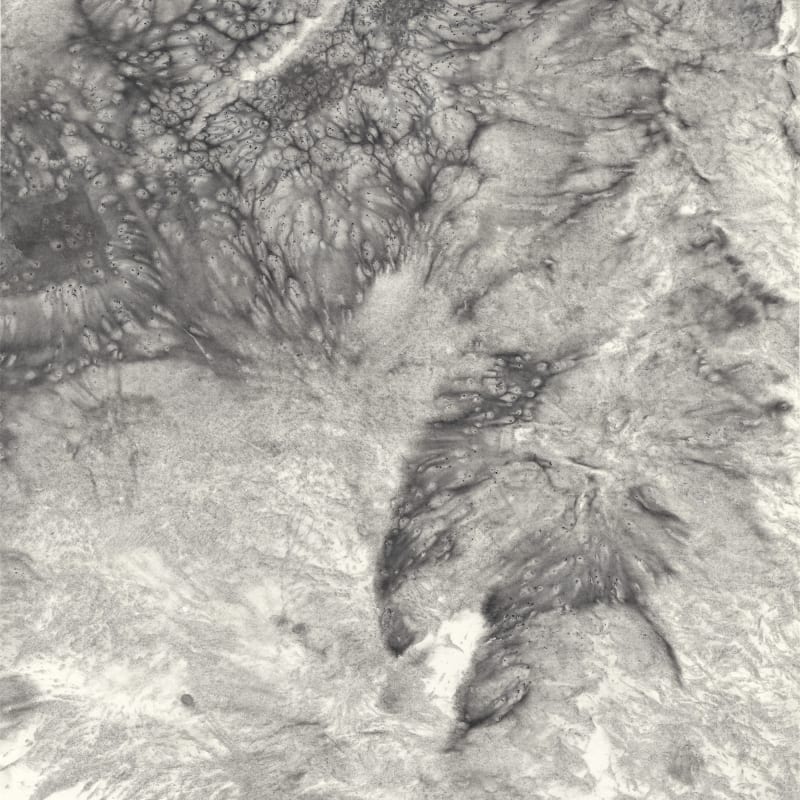

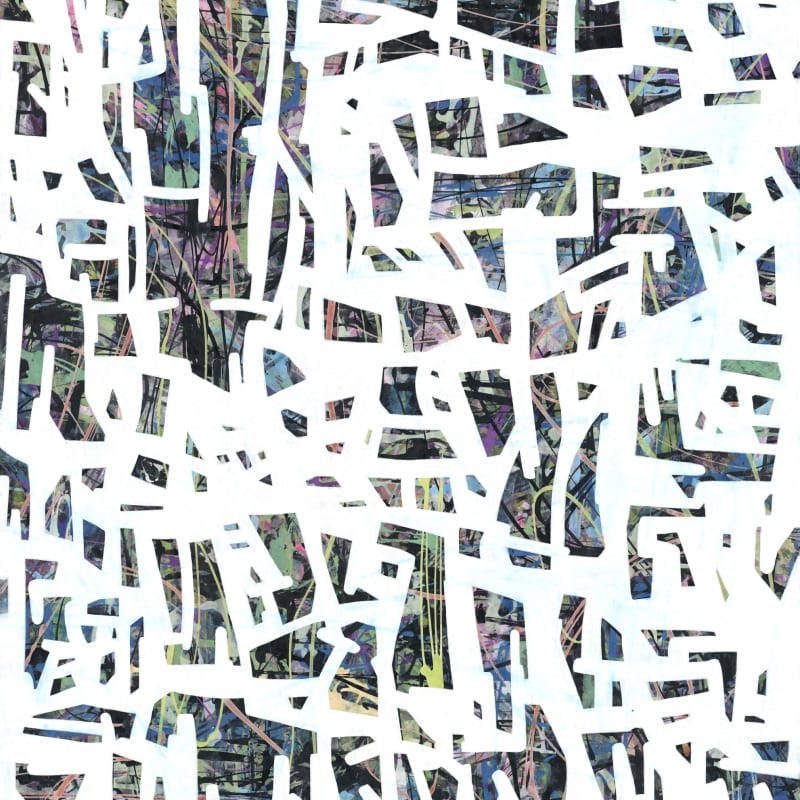
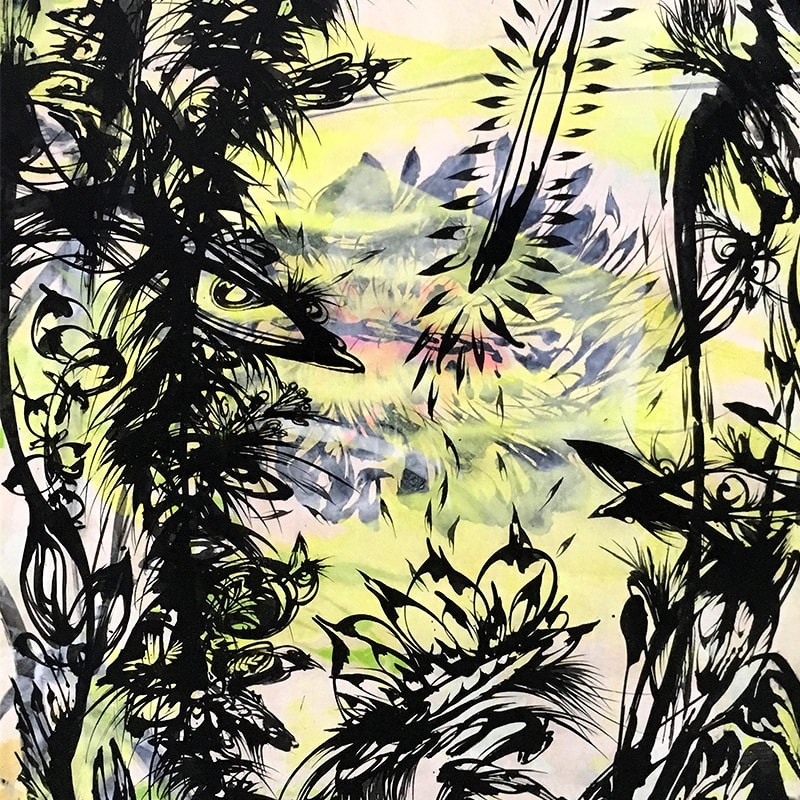

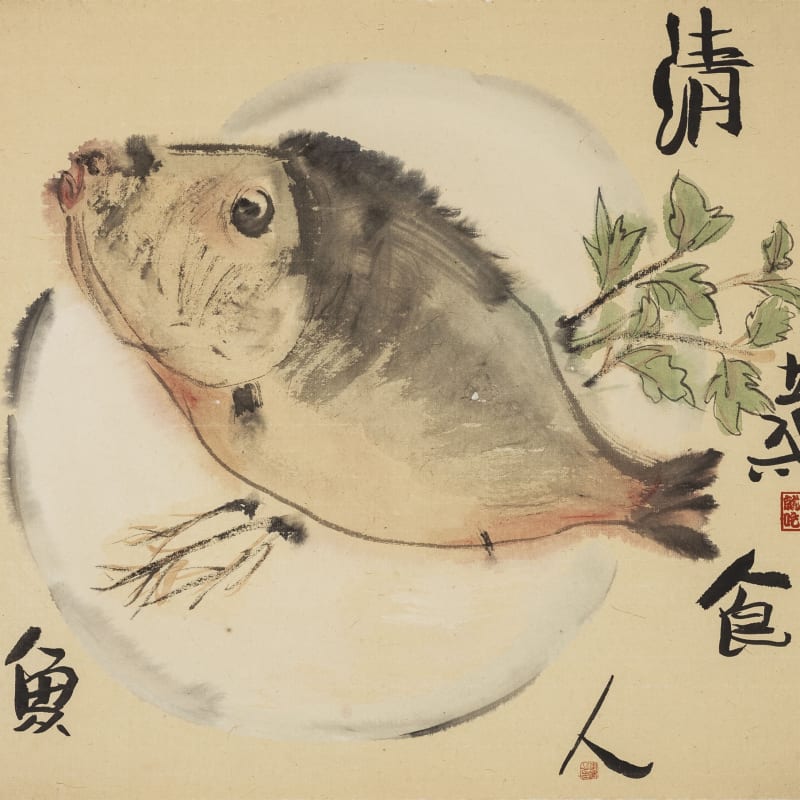


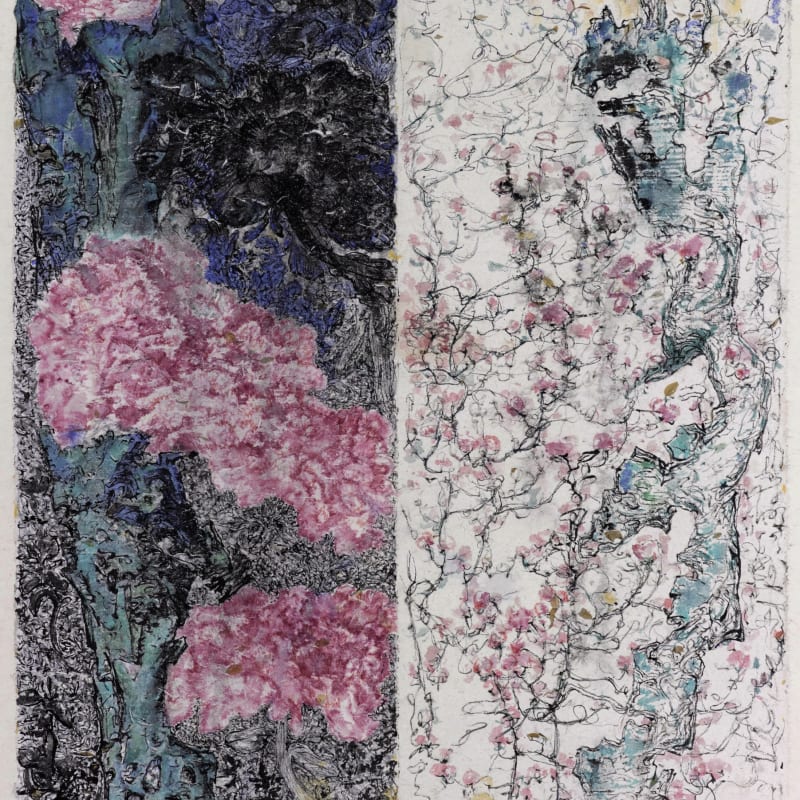
.jpg)
